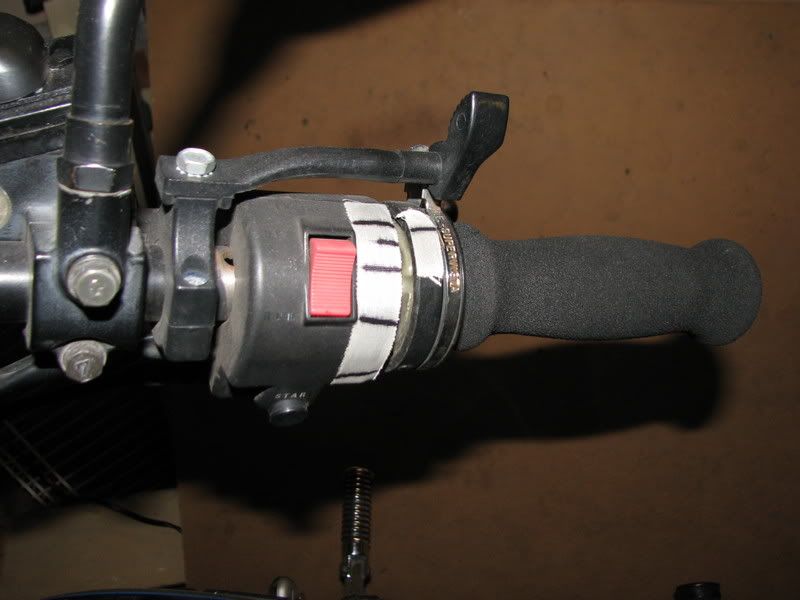I recorded all air and fuel mix screw settings before the carbs were taken apart. The air screws were uniform at 1 turn out. Fuel was 1 turn out on two of the carbs, and 3.5 turn out of the other two. The plugs that were in the bike indicated 2 very carbon rich cylinders, 1 was perfect, and 1 was lean. This was probably also due to the air intake box seals that were broken (fixed with weather stripping), broken intake boot o rings, and valves out of spec. I didn't go back to those settings for initial carb tuning because there were so many variables that were out of whack originally. I started with needle clip in the same place (2nd notch from the top), the fuel screw I set at 3/4 turns out from light seat, and the air screw 1.5 turns out.
My question is when setting the air screw for highest idle when the engine is warm, it seemed I didn't get engine rev increase until I screwed the air in, to about 3/4 turns from light seat. After checking my plugs, all four were nearly white on the strap, but carbon build up down near the threads. Porcelain is still white.
I've never dealt with carbs before, so this is all a learning experience to me. By the way, this bike is pretty fun. It needs some new rubber as the rear is worn down to the cord in one spot, and the general profile is square. The previous owner must have loved going in a straight line.
.png)






Comment